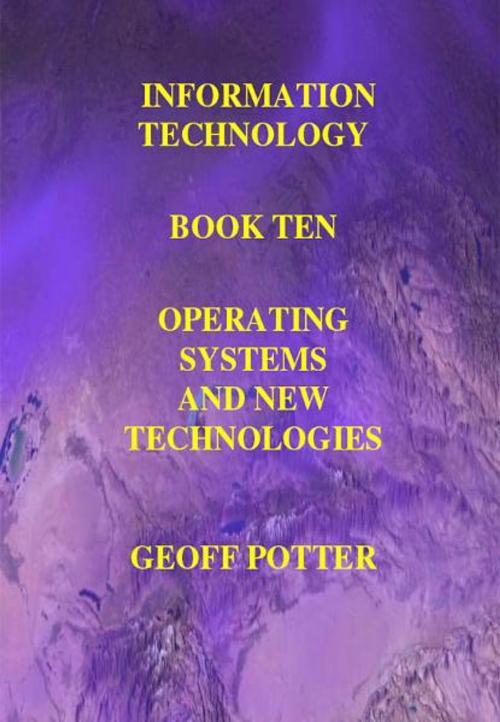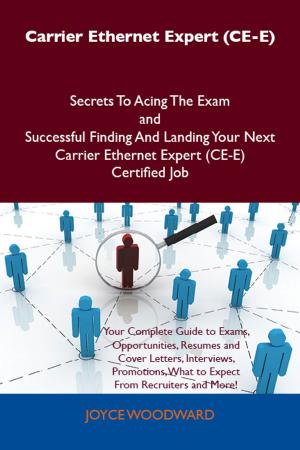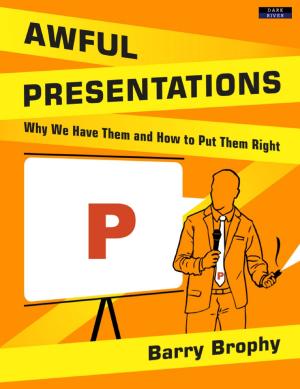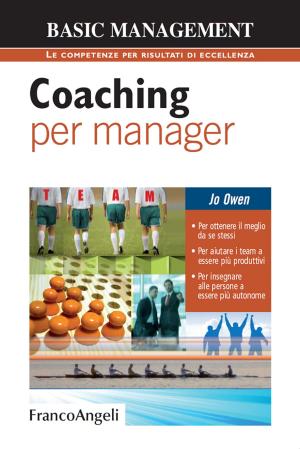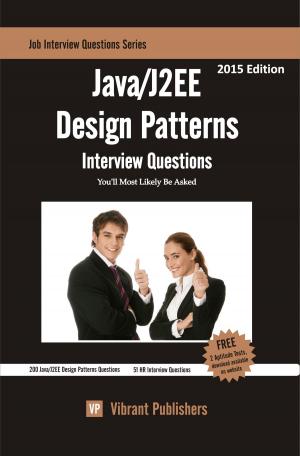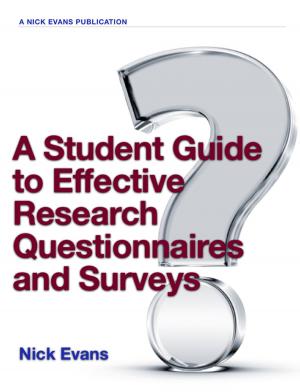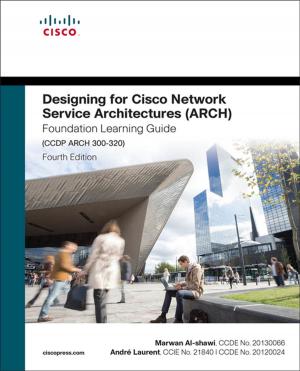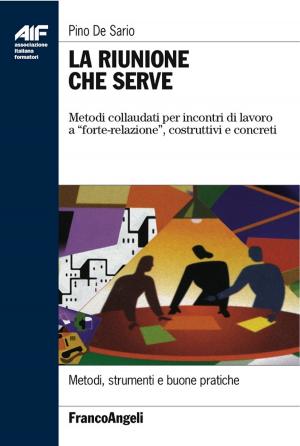Operating Systems and New Technologies
Nonfiction, Computers, Application Software, Educational Software, Computer Hardware, Personal Computers, General Computing, Skills| Author: | Potter, Geoff | ISBN: | 9780986744099 |
| Publisher: | ITCA Digital Education Systems | Publication: | September 1, 2012 |
| Imprint: | Language: | English |
| Author: | Potter, Geoff |
| ISBN: | 9780986744099 |
| Publisher: | ITCA Digital Education Systems |
| Publication: | September 1, 2012 |
| Imprint: | |
| Language: | English |
This is the tenth book in a series of ten electronic books designed to educate young children and school-age students about information technologies and the digital world they live in. Who will benefit from this book? This book is most suitable for students in their senior grade levels. It is also very helpful for teachers introducing ICT or integrating it into the curriculum.Contents: Book Ten comprises four modules: Module 1: Unix. This module instructs the student in the structure and operation of UNIX. Units focus on understanding and mastery of UNIX basic concepts; the UNIX file system' processes and commands; text modification and practical applications of UNIX. Unit One: UNIX Basics.Unit Two: The UNIX File System: Directories And Files.Unit Three: UNIX Processes. Unit Four: UNIX Commands.Unit Five: Working With Windows. Unit Six: Creating And Modifying Text With Unix.Unit Seven: Using Unix For Communication. Unit Eight: Practical Applications Of Unix. Module 2: Appreciating Movies. This module provides the student with the opportunity to examine some of the world's finest cinematography and to learn how skillful film makers work with artists and writers to use information and communication technologies to create films that are considered to be great works of art and social commentary. Unit One: Raise the Red Lantern. Unit Two: El Espiritu De La Colmena. Unit Three: Citizen Kane. Unit Four:Rashomon. Unit Five: E.T. The Extra-terrestrial. Unit Six: Creating A Film. Module 3: Linux: The Operating System.This module instructs the student in the structure and operation of two Open Source operating systems, LINUX and Ubuntu. Instruction focuses on the similarities between LINUX and UNIX; logging in and logging out; and mastering LINUX commands; and understanding and mastery of UBUNTU codes. Unit One: Linux Basics. Unit Two: Ubuntu. Module 4: The Future Of Information Technology. This module introduces the student to the current cutting edge of information technology development, enabling exploration of nanotechnologies, future computers, both virtual and quantum and robotics technologies. Unit One: Nanotechnology. Unit Two: Future Personal Computers: Virtual and Quantum. Unit Three: Robotics. The book is colorful, creative and contains many challenges and activities designed to help young students understand how digital technologies work and how they may efficiently use them to learn and communicate. All software recommended for this book is Open Source. The book also contains an integrated Continuous Assessment process which may be of value in some educational environments. Modules at each level are divided into skills and knowledge-focused units. At the end of each unit students may describe what they have learned and their parent or teacher may award points for each item covered. Marks may be accumulated throughout the school year. A grade based upon the total points accumulated may be awarded at any time during the year.There are no tests or examinations in this program. What are the intended uses of this book? 1.This book is designed to support both teachers and students in existing ICT curricula and may be useful in areas such as Science, Language Arts, Mathematics and the Arts. 2. The book supports public and private education systems instruction and skills training programs to ensure that young people possess the knowledge and skills to function in a digital society, and ultimately to prepare them for entry into higher education and an increasingly digital and computer-based workforce. 3. Students and parents may use the book for home schooling use in support of study projects and personal skills development.
This is the tenth book in a series of ten electronic books designed to educate young children and school-age students about information technologies and the digital world they live in. Who will benefit from this book? This book is most suitable for students in their senior grade levels. It is also very helpful for teachers introducing ICT or integrating it into the curriculum.Contents: Book Ten comprises four modules: Module 1: Unix. This module instructs the student in the structure and operation of UNIX. Units focus on understanding and mastery of UNIX basic concepts; the UNIX file system' processes and commands; text modification and practical applications of UNIX. Unit One: UNIX Basics.Unit Two: The UNIX File System: Directories And Files.Unit Three: UNIX Processes. Unit Four: UNIX Commands.Unit Five: Working With Windows. Unit Six: Creating And Modifying Text With Unix.Unit Seven: Using Unix For Communication. Unit Eight: Practical Applications Of Unix. Module 2: Appreciating Movies. This module provides the student with the opportunity to examine some of the world's finest cinematography and to learn how skillful film makers work with artists and writers to use information and communication technologies to create films that are considered to be great works of art and social commentary. Unit One: Raise the Red Lantern. Unit Two: El Espiritu De La Colmena. Unit Three: Citizen Kane. Unit Four:Rashomon. Unit Five: E.T. The Extra-terrestrial. Unit Six: Creating A Film. Module 3: Linux: The Operating System.This module instructs the student in the structure and operation of two Open Source operating systems, LINUX and Ubuntu. Instruction focuses on the similarities between LINUX and UNIX; logging in and logging out; and mastering LINUX commands; and understanding and mastery of UBUNTU codes. Unit One: Linux Basics. Unit Two: Ubuntu. Module 4: The Future Of Information Technology. This module introduces the student to the current cutting edge of information technology development, enabling exploration of nanotechnologies, future computers, both virtual and quantum and robotics technologies. Unit One: Nanotechnology. Unit Two: Future Personal Computers: Virtual and Quantum. Unit Three: Robotics. The book is colorful, creative and contains many challenges and activities designed to help young students understand how digital technologies work and how they may efficiently use them to learn and communicate. All software recommended for this book is Open Source. The book also contains an integrated Continuous Assessment process which may be of value in some educational environments. Modules at each level are divided into skills and knowledge-focused units. At the end of each unit students may describe what they have learned and their parent or teacher may award points for each item covered. Marks may be accumulated throughout the school year. A grade based upon the total points accumulated may be awarded at any time during the year.There are no tests or examinations in this program. What are the intended uses of this book? 1.This book is designed to support both teachers and students in existing ICT curricula and may be useful in areas such as Science, Language Arts, Mathematics and the Arts. 2. The book supports public and private education systems instruction and skills training programs to ensure that young people possess the knowledge and skills to function in a digital society, and ultimately to prepare them for entry into higher education and an increasingly digital and computer-based workforce. 3. Students and parents may use the book for home schooling use in support of study projects and personal skills development.
